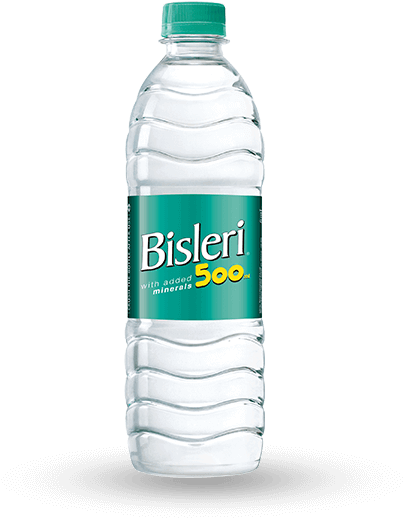Dates: To be announced
Venue: To be announced
Theme: Desert Survival Water Drop
A team of researchers stationed in a desert is running out of water. Your task is to design and operate a UAV (Unmanned Aerial Vehicle) that can safely deliver water bottles to them. The aircraft must carry and drop the bottles with minimal spillage or damage.
Your team (details on team composition will be provided later) is responsible for:
The event will take place on open ground.
A maximum of two team members (one pilot and one assistant) will be allowed inside the field during the attempt.
Score = ((W1 × A1 × U1) + (W2 × A2 × U2)) / WAircraft
Where:
In the event of a tie, a tie-breaker round will be conducted at the discretion of the judges. The decision of the judges shall be final and binding in all matters.
Sealed plastic water bottles of Bisleri make (shown in the image here) with 500ml capacity, circular cross-section, a maximum diameter of less than 6.5 cm and maximum length of less than 21 cm need to be used. Participants may attach removable external components or mechanisms to assist with the drop; however, no part may be permanently fixed or glued to the bottle. Bottles will be provided at the event venue.

A safety pilot may be provided by the organizers to take control of the aircraft in case of an emergency. Participants have the option to fly independently or request assistance from the safety pilot. If the safety pilot determines that the participant's skills are inadequate for safe operation, the safety pilot will assume control of the aircraft for safety reasons. The final decision regarding safety will rest with the safety pilot and the judges, and participants are required to comply with their instructions.
Any revisions to the competition scope will be communicated to all participants via registered email. Revisions can also be made on the spot during the competition, considering safety, conditions at the time, and the layout of the actual ground used for flying.